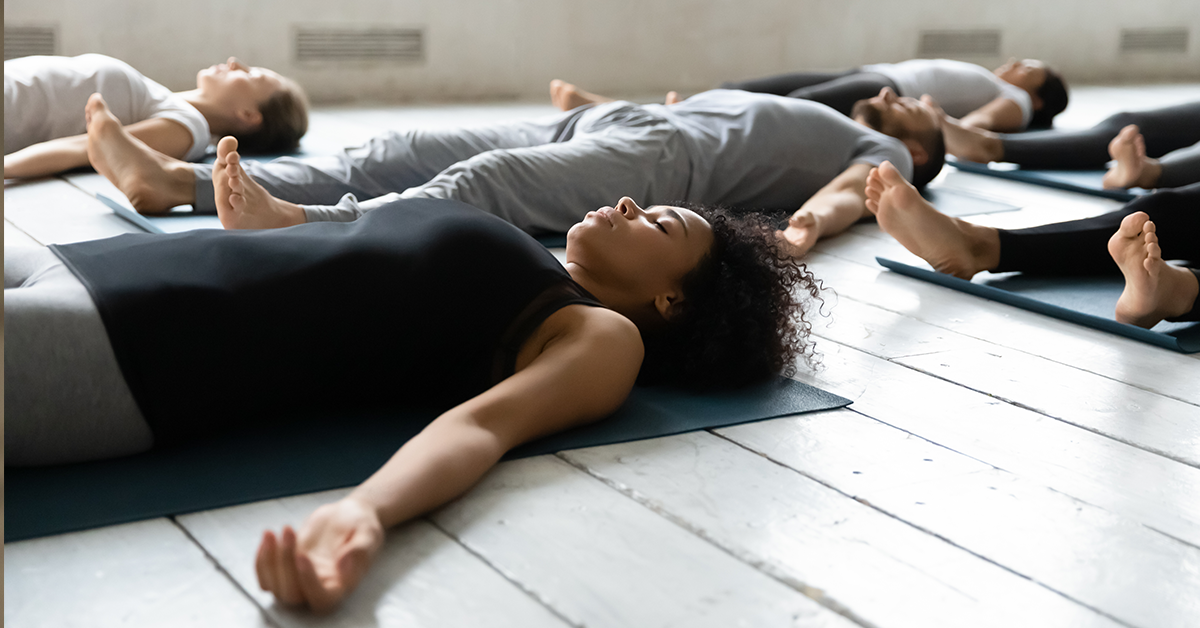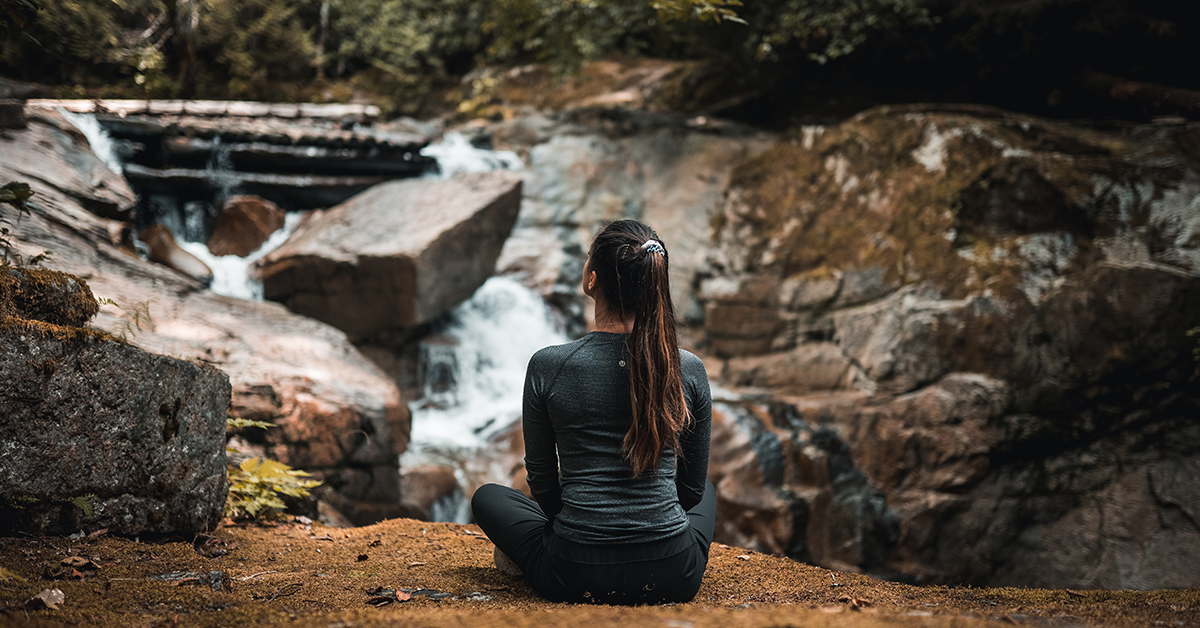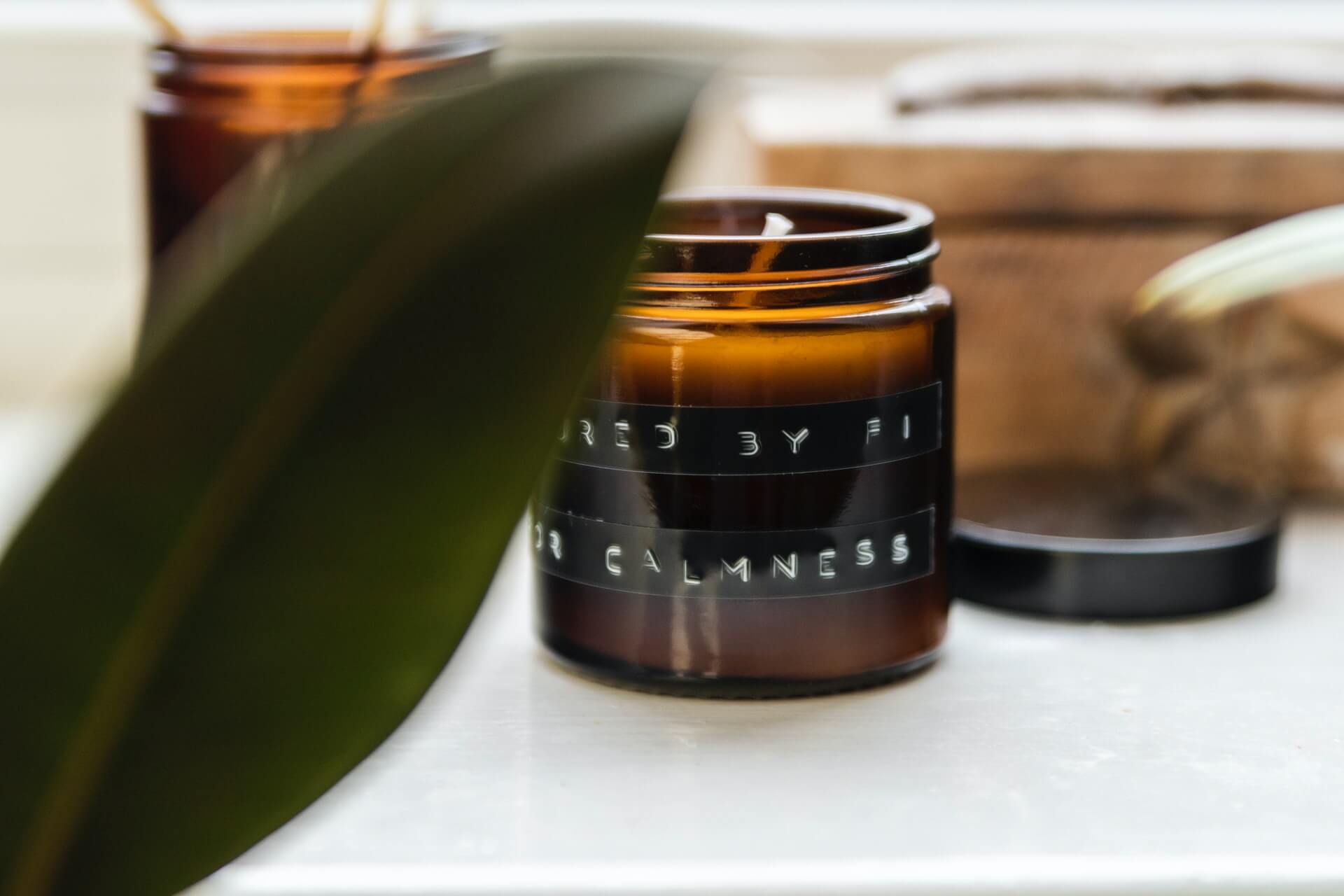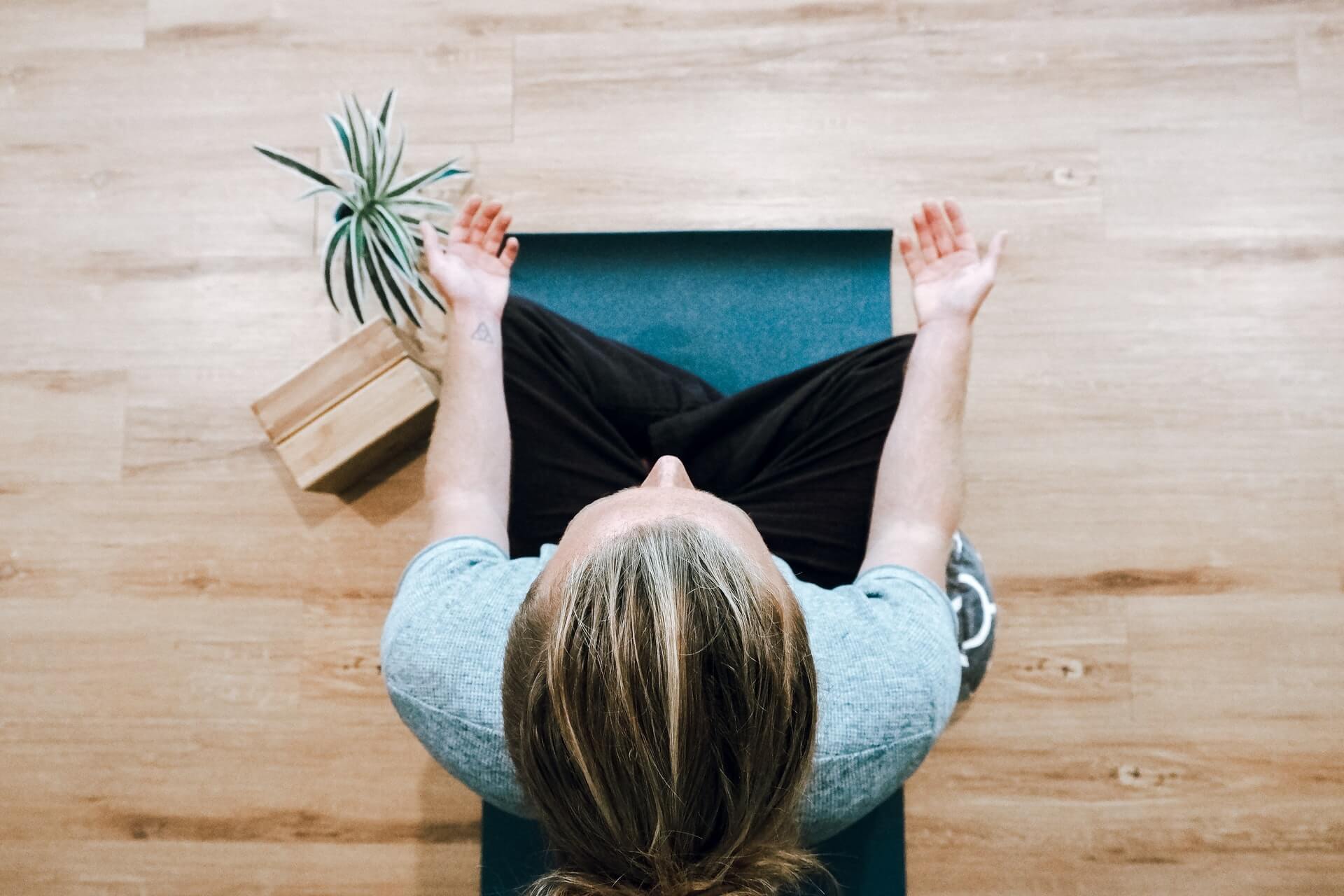19 April 2023
Restorative Yoga Training
In today’s fast-paced world, stress has become an ever present in peoples lives irrespective of their economic status, physical health, age and gender. In the short term stress can disrupt sleep, create a loss of focus, leave you feeling agitated, fatigued or even place pressure on personal relationships. Prolonged levels of stress have been associated with various physical and psychological ailments such as heart disease, depression, and anxiety disorders. That information is nothing new, so why have we not found a remedy for the stress “disease” before it leads us into our ill health?
There are many reasons, but the two most prominent are; 1) We masks the signals (symptoms) with caffeine, sugar, sleeping tablets, energy drinks, painkillers, alcohol, TV, social media etc or 2) We treat stress with more stress – I could list all of the points from reason 1) and add; we take on more at home or work, we join a gym and go straight for the high intensity exercise classes – we could even group dynamic power yoga in this category too.
Let’s pause on that final reason – high intensity exercise is a stress?
Yes, high intensity exercise, even practices like power yoga and dynamic flow yoga are loading stress onto the system (body & NS) – yes they have great value but they don’t destress us in the way we believe. Power Yoga and Flow yoga differ from exercise because they bring more awareness into your experience. This improves your ability to withstand stress and move through stress. They essentially “stress” your system with a view to making you more resilient to stress and that definitely works. However, there is a tipping point & trying to cure acute stress with more and more stress is akin to putting up a small picture frame with a sledge hammer.
So, theres something missing in our general societal approach.
The missing part of the jigsaw is re-educating your mind & body in the skills of wilfully calming down.
It’s a re-educating because so many of us have simply forgotten how to relax & feel peaceful. We know how to try hard, how to push through, how to give more. But, we have forgotten how to be still, let go & receive.
It’s corny but the recent passing of the great Burt Bacharach made me think of practices like restorative yoga, yoga nidra & meditation. When he sings “what the world needs now, is love sweet love” thats really what these practices are. They are without doubt nothing short of a radical act of self-love.
The best version of you, is the version that is cared for, loved and nourished. You are the only person who has the capacity and responsibility to action those virtues. That person can be found with these styles of practice, I will bet my 15 years of experience on that.
OK, I might have tempted you to seek out more of these practices. But… imagine taking a deep diving into them!
Imagine having all the knowledge and techniques yourself! That level of agency gives you the capacity to influence your own thoughts and behaviours forever.
The Restorative Yoga Training & learn To Connect (meditation) courses offer this very skill.
Let me tell you more about the Restorative Yoga course staring in May, and before you skip, the course isn’t just for teachers! Read on.
Our restorative yoga teacher training course is rooted in neuroscience, spiritual tradition, and humanities making it a comprehensive program designed to provide a deep understanding of the mind-body complex. The course gives students a better knowledge of the therapeutic potential found in restorative yoga & provides a holistic perspective on the human experience.
The course would begin with an introduction to neuroscientific concepts and the effects of stress on the human body and mind. Students will learn about the effects yoga and meditation have on the brain and the nervous system, along with how these practices can help reduce stress and promote healing.Students will then delve into the principles of restorative yoga, learning how to modify postures and how to use props to create a supportive environment for the body to relax and renew. The course will also cover the spiritual roots of this practice, including an exploration of yogic philosophy and the significance of breathwork.
Throughout the course, students will learn about how the humanities, including literature, philosophy, and history, can help us understand and appreciate our inner world. They will explore the ways in which these disciplines intersect with yoga and how they can inform our practice.
In addition to theory, the course will include extensive practical training, including supervised teaching practicums and opportunities for personal practice and reflection. Students will also receive guidance on how to create a safe and supportive environment for students and how to integrate restorative yoga practices into therapeutic settings.
Upon completion of the course, students will have a comprehensive understanding of restorative yoga and its therapeutic applications, as well as knowledge of the scientific, spiritual, and humanistic principles that form the foundation of this ancient practice.
Who Is The Course For?
You might not have any ambition to become a yoga teacher, but you know that learning these practices and the science behind them will benefit your life unquestionably. So book on!
If you’re a thinking of becoming a yoga teacher, or you’re currently a flow/power/ashtanga/rocket teacher, fitness coach, wellbeing enthusiast, or therapist – then this course will develop your knowledge and skills so that you can serve your community more wholly.
The course comes with online support via videos, a workbook & personal journal.
Course Dates
May 27th & 28th
June 17th & 18th
July 1st
Saturdays 12:00-17:30
Sundays 11:00-17:00
Investment £199 if booked before April 30th (£250 there after)
How to Book: click the link below.
* Option to become a certified restorative yoga teacher.
For more details or to speak to me about anything that ‘clicked’ with you from this post please contact myself direct stuart@yogalifeuk.com I am available for small group and 1-2-1 sessions that teach the practices of restore & revive.
See you in class
Stu
Summary Benefits of Restorative Yoga
By activating the parasympathetic nervous system and promoting relaxation, restorative yoga teaches the body and mind how to destress and deregulate. Over time, this practice can lead to profound changes in how individuals respond to stressors in their environment. Beyond just reducing stress, restorative yoga has been shown to have a host of other benefits, including:
– Reduction in anxiety and depression: Restorative yoga has been found to significantly reduce levels of anxiety and depression in individuals who practice it regularly.
– Improved sleep: Sleep is often disrupted by stress and anxiety. Restorative yoga has been shown to help improve the quality of sleep and reduce the time it takes to fall asleep.
– Reduced pain: Studies have shown that restorative yoga can significantly reduce pain levels in individuals with chronic pain.
– Improved flexibility: Restorative yoga can help to increase flexibility, range of motion, and mobility in the joints.
Why Restorative Yoga is Important
We all face numerous stressors ranging from work or family pressures, financial burdens, social challenges, and general life transitions. Research has shown that todays adults are more prone to stress and anxiety than their parents and grandparents were, making restorative yoga an essential practice.




